Technology for RPA
Reference architecture
Each RPA vendor has their own nuances and varied nomenclature, but all products comprise of three fundamental elements such as RPA development tools, robotic control centre and RPA run time.
The components shown are described in more detail as follows.
Additional components include:
Security
A set of tools to support compliance or any regulatory requirements and provide audit of actions taken and decisions made.
Enterprise applications
The applications, including EPR, finance, procurement, other clinical and non-clinical systems, that belong to the organisations which are integrated with RPA for workflow orchestration.
Technical requirements
Choosing the right tool
There are various RPA tools in the market, at a high level, preferred tools should have the following characteristics:
Ease of use
Tools should not be restricted to only users with technical skills, they should be versatile enough to be usable by clinical, operational and technical users. These tools should also have the capability to collect data that empowers leaders to make informed decisions.
Scalable
Teams will benefit from choosing an RPA platform that can be easily centrally managed and rapidly scaled to as many different locations as necessary.
Reliable
As RPA will automate key tasks and processes, its critical for the teams to consider the reliability of the solution and built-in monitoring with analytics.
Faster implementation
The best tool will let the teams design and test new robotic processes very rapidly. The tools should also have the ability to act on initial performance feedback quickly to optimise the bots.
Smart
The best tools support simple, task-based activities, read and write to any data source, and utilise advanced learning to improve future automations.
Key attributes
Key attributes that organisations need to look for in RPA software are summarised below.
Overarching requirements
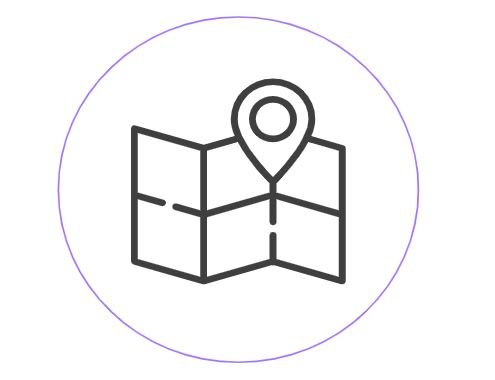
- The tool should be designed to provide organisations with a business owned and IT-supported virtual workforce
- The tool must offer a software platform which is robust, highly scalable, powerful and flexible
- The tool must provide central management of robots and analytics dashboard for insights and utilisation
- The tool must include out-of-box software robots and ability to custom build software robots to automate end-to-end processes, supported with cognitive capabilities such as continuous learning and improvement using data/analytics
Compatibility with existing estate
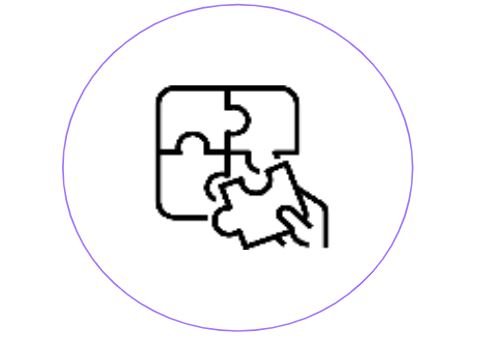
- The new RPA software need to be compatible with existing clinical and non-clinical systems – for example, finance and HR systems, trust integration engines, EPR, pathology and radiology information systems
- The vendor must provide a list of potential compatible healthcare systems and must need no or minimal configuration work for those systems
- The tool should be capable of extracting and integrating data from different data sources and systems
- The software should be able to read and write different document types
- The software must provide the ability to be hosted either a desktop, a on-premises server, a public or private or hybrid cloud
Automation process
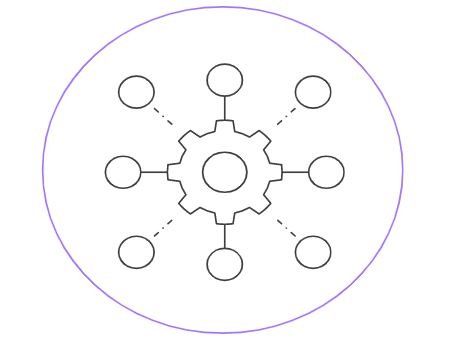
- The software must provide an intuitive visual interface to allow technical and non-technical users to build workflows using drag and drop style activities with minimal training
- The software must provide the ability record process steps for functions so that the bots can follow these steps and execute tasks
- The software must include a workflow manager which can create the workflow for multiple bots and link them through a task chain
- The bots must understand the data and objects on the screen, so that it's easy to handle any changes in the application
- The software must provide the ability to record multiple activities at once
- The vendors must provide pre-built connectors for the software that can easily integrate with key applications in the enterprise
- Robots can be scheduled, placed in queues, triggered set a predetermined times, initiated by humans, or actively monitor databases to activate
Security
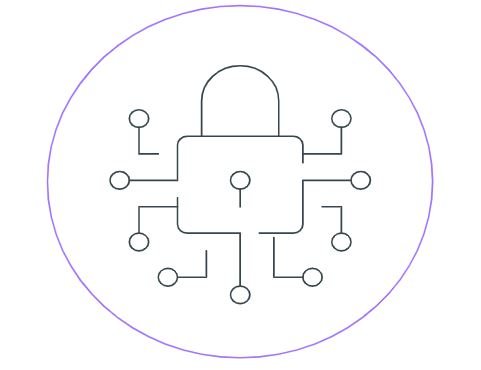
Detailed assessment will be required against NHS specific standards, for example, NHS RA and information security standards.
- The software must provide the ability for multiple bots to share architecture with central control
- The vendors need to ensure the software is aligned with NHS data privacy regulations and data is kept within country boundaries in line with GDPR regulations
- The solution using the software is architected for enterprise-level security, compliance, support and audibility
- The software must provide security features to ensure only authorised personnel of the enterprise can access or manipulate data
- The solutions built using the software must provide high level of flexibility for encrypting the data at rest (data storage) as well data in motion (API’s and messages)
Scalability
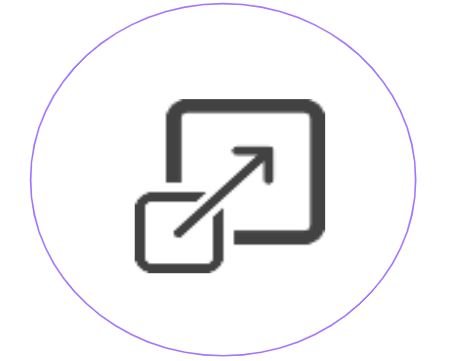
- The software must have the ability to execute unlimited business processes with a single bot for greater scalability
- The software supporting the bot must have built-in objects and libraries that organisations can reuse in order to support scaling up of processes and automation can be scaled up or down according to business needs
- The software must provide flexibility to adjust the number of resources assigned based on business demands
- The Software need to offer 4 levels of integration – user Interface, API, operating system level and database level to support scaling up automation based on the enterprise needs
Exception handling
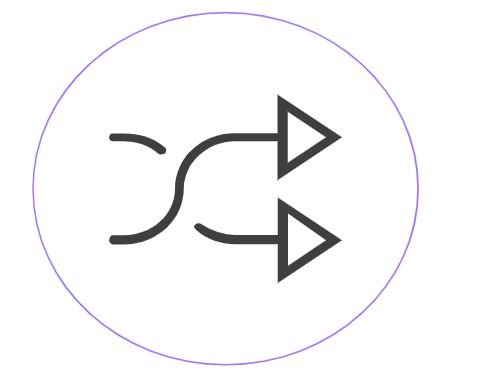
- The solution built using the software needs to provide multiple error handling options to users when changes occur in automated processes
- The software needs to provide the ability to easily track errors, provide alerts and recommend changes to processes
- The software needs to include controls for exceptions which can be configured easily and trigger notifications as needed
- The software need to provide the option to flag and notify the administrator any change in the processes and allow to continue or terminate depending on pre-set rules or administrator action
Implementation
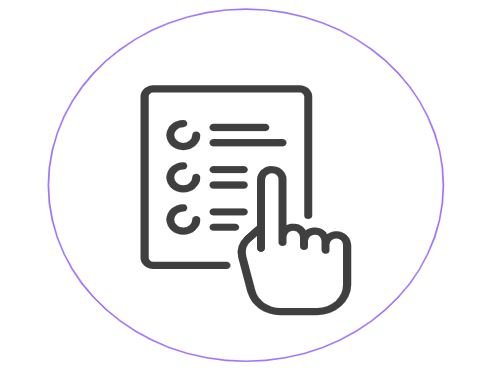
- The vendor needs to support the ability for their software to be hosted either on-premises by the organisation, by a managed service provider in partnership with the RPA provider, or on a public cloud such as Azure or AWS
- The software must be able to automate software maintenance and need to provide backward compatibility with software versions
- The vendors license model should be flexible and include SaaS-based platform as well
- The software must be able to handle changes to automation scenarios in the bots due to application version updates. It also needs to support changes to the processes and quickly save the changes to the server to make them available for bots and making change management easier
Centralised control and analytics
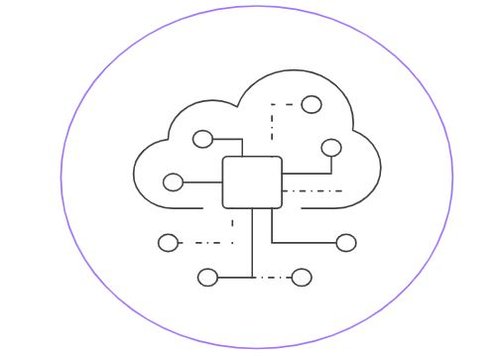
- The control room in the software must provide visibility and control from a single dashboard to schedule, track, verify, log, organise and report on all automation activity, allowing enterprise user to maximise the benefits of automation
- The software bots must be able to capture all content-level information so that every action on all the bots would yield real-time process statistics and operational analytics for the digital workforce
- The software Bots must help optimise processes and provide RPA reporting
- The software must support enterprise users to track KPIs and cost savings through automation and monitor individual worker and entire workforce performance
Audit trail
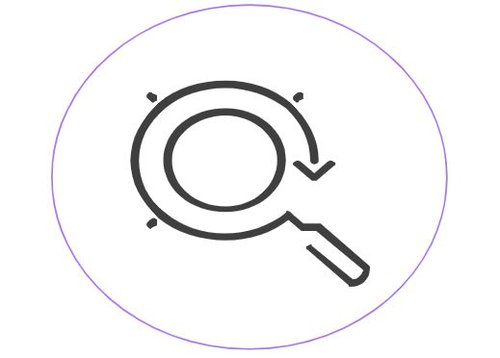
- The software must provide the ability to monitor and audit trail the users and bot activities though control centre
- The software must display both scheduled and failed tasks
- The software must document any failure for future audit needs
- The software must provide a detailed log sheet which provides a time-stamped history of every action and decision that is taken
Cognitive capabilities
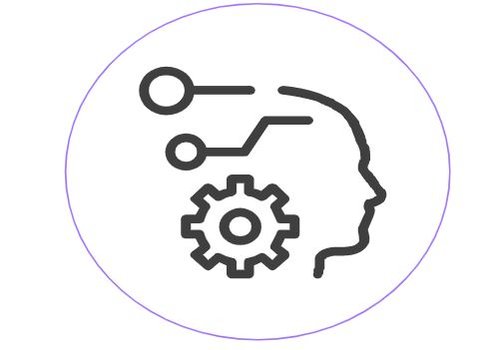
- The software must be able to use visual/image recognition technology to see screen elements just as humans do
- The software must provide the ability to use machine learning for semi structured processes that typically need expert decision making
- The software must provide the ability to use natural language processing for analysing natural written language text and documents
- The solution developed using the software must ask for human assistance when it encounters something it cannot understand and will learn from those escalations to continuously improve its ability to automate similar tasks in the future
Training and support
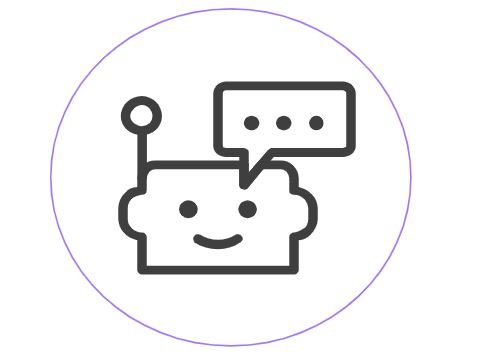
- The RPA vendor should offer in-house, on-premises and online (interactive and on demand) training sessions and tutorials
- The technology provided by the user should be user-friendly so that minimum support is required to create bot process flows
Pricing
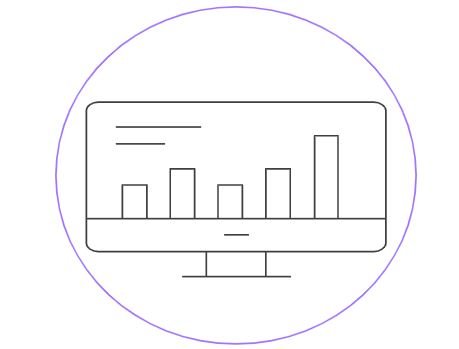
- The buyer should discuss with vendor annual licensing model with the ability to buy additional bot licenses varies depending on the requirement
- The buyer should also consider per-transaction and usage-based licensing model
- The software vendor should not add any additional charges for the server component or any centralised functionality
- The software vendor should make sure any maintenance and support costs are included in the pricing and clearly stated, if charge additionally
- The software vendors should be aware that the NHS owns IP for automation developed by them for the buyer using the bot software
Compliance requirements
NHS specific compliance requirements that need to be considered for any RPA implementations are as follows: